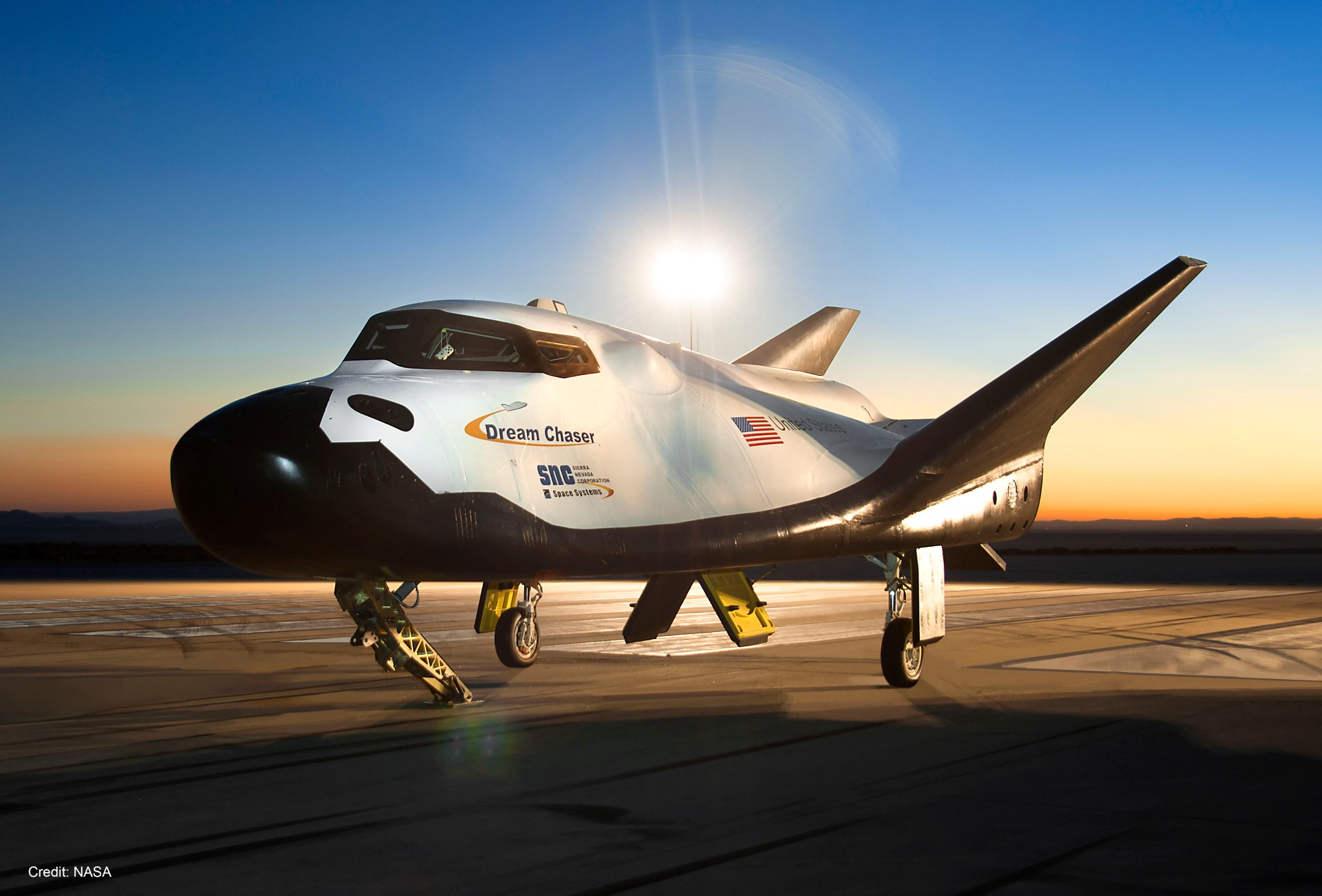

With the recent retirement of the Space Shuttle program in 2011, NASA has been in desperate need of some space taxis — vehicles designed to transport astronauts to and from the International Space Station. For the past three years, the space agency has had to rely on Russia’s Soyuz rocket to fulfill this need, which hasn’t been cheap or ideal.
But rather than build these spacecraft in house, NASA decided to outsource the problem, soliciting private American companies to come up with their own designs for ferrying NASA astronauts to lower Earth orbit. SpaceX, Boeing, and Sierra Nevada Corporation were the three top contenders for the coveted contract, and on September 16, NASA announced it would fund both SpaceX and Boeing’s designs. The two companies received a combined sum of $6.8 billion to build, test, and operate their own space taxis, which will hopefully be transporting astronauts by 2017.
While the decision was mostly met with enthusiasm and praise from experts, not everyone was so pleased with the big announcement – notably, the “loser” of the competition, the Sierra Nevada Corporation (SNC). Their Dream Chaser vehicle, which many experts thought was on par with SpaceX’s Dragon V2 capsule and Boeing’s CST-100, was overlooked for inclusion in the program. And they’re not letting it go without a fight.
On Friday, SNC filed a formal bid protest with the Government Accountability Office over NASA’s decision, claiming that one of the newly awarded contracts would “result in a substantial increased cost to the public despite near equivalent technical and past performance scores.” SNC says that extra cost will be upwards of $900 million, to be exact. The press release also calls into question NASA’s rationale for making their choices, which has been somewhat of a mystery. The space agency said it would publish an official Source Selection document, detailing how the decision was made, but a date for that release hasn’t been set.
As of now, all we know is that when NASA solicited proposals for CCtCap, they placed a lot of emphasis on safety, reliability of the vehicles, and cost-effectiveness. SNC claims that their Dream Chaser fulfills the requirements of the first two criteria, but that the company can build and operate their vehicle for cheaper than one of the contract winners’ vehicles. “SNC’s Dream Chaser proposal was the second lowest priced proposal in the CCtCap competition,” the press release claims. “SNC’s proposal also achieved mission suitability scores comparable to the other two proposals.”
It depends on how passionate NASA is about whether or not it made the right decision.
In order to make an official protest with the GAO, companies must either be challenging the solicitation or the reward of a government contract. Most disputes are in regards to the latter situation, and when that’s the case, the protesting company must write in detail all the reasons their proposal was better.
SNC has already listed out their grievances, so the ball is in NASA’s court now. According to the GAO, NASA has to “answer” SNC’s claim within the next 30 days. That means for the next month, NASA is required to put together all of the documents that are relevant to the selection decision that they made. Those documents include their original solicitation document, which lays out all the ground rules and priorities that they valued for the program, as well as its secretive Source Selection document.
“All of those documents will be provided to us and to SNC and probably to the two winning companies that will intervene,” Ralph White, the head of the GAO’s bid protest division, tells Popular Science. “I would imagine both Boeing and SpaceX will participate in the protest process,” though they are not involved just yet.
Once SNC gets those documents, the company has an additional 10 days to respond and file its comments on the report. After that, all sorts of things can happen. The protest could get amended, the GAO could conduct an alternative dispute resolution (somewhat like an out-of-court settlement), or the office could ultimately act as a referee, hearing both sides of the argument and ruling in favor of SNC or NASA. If that happens, the GAO is legally required to have a decision within 100 days of the protest being filed, which is January 5.
However, White says the chances of the GAO actually having to make a decision are low. He notes that about four out of five protests are usually dismissed, “meaning a lot of agencies pull the plug on the protest instead of continuing to litigate it,” he says. It’s usually the case that the defending company will acknowledge one of the protestor’s complaints and fix the problem rather than fight it.
So really, it depends on how passionate NASA is about whether or not it made the right decision. And unless NASA and SNC figure out an alternative solution outside of the protest process, it’s possible that NASA will be forced to choose Dream Chaser over one of the other contract winners. That burden of proof, however, relies on SNC. Essentially, the company has to prove that its vehicle not only meets the criteria of the original solicitation, but that that Dream Chaser is a better option than what was picked. And as White noted, it seems unlikely that Boeing and SpaceX will want to let that happen.
Unlike the teardrop-shaped design of the Dragon V2 and CST-100, the Dream Chaser has an appearance similar to a miniature Space Shuttle, having been based off NASA’s HL-20 spaceplane concept. SNC claims the design provides the Dream Chaser with “a wider range of capabilities and value including preserving the heritage of the space shuttle program through its design as a piloted, reusable, lifting-body spacecraft.”
